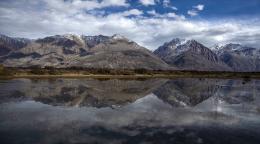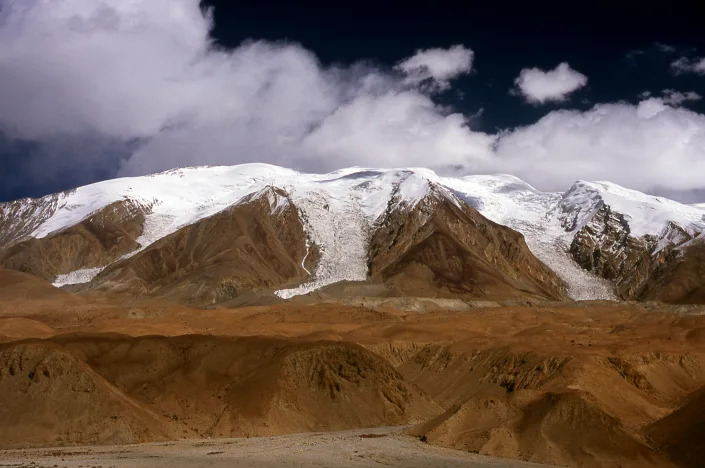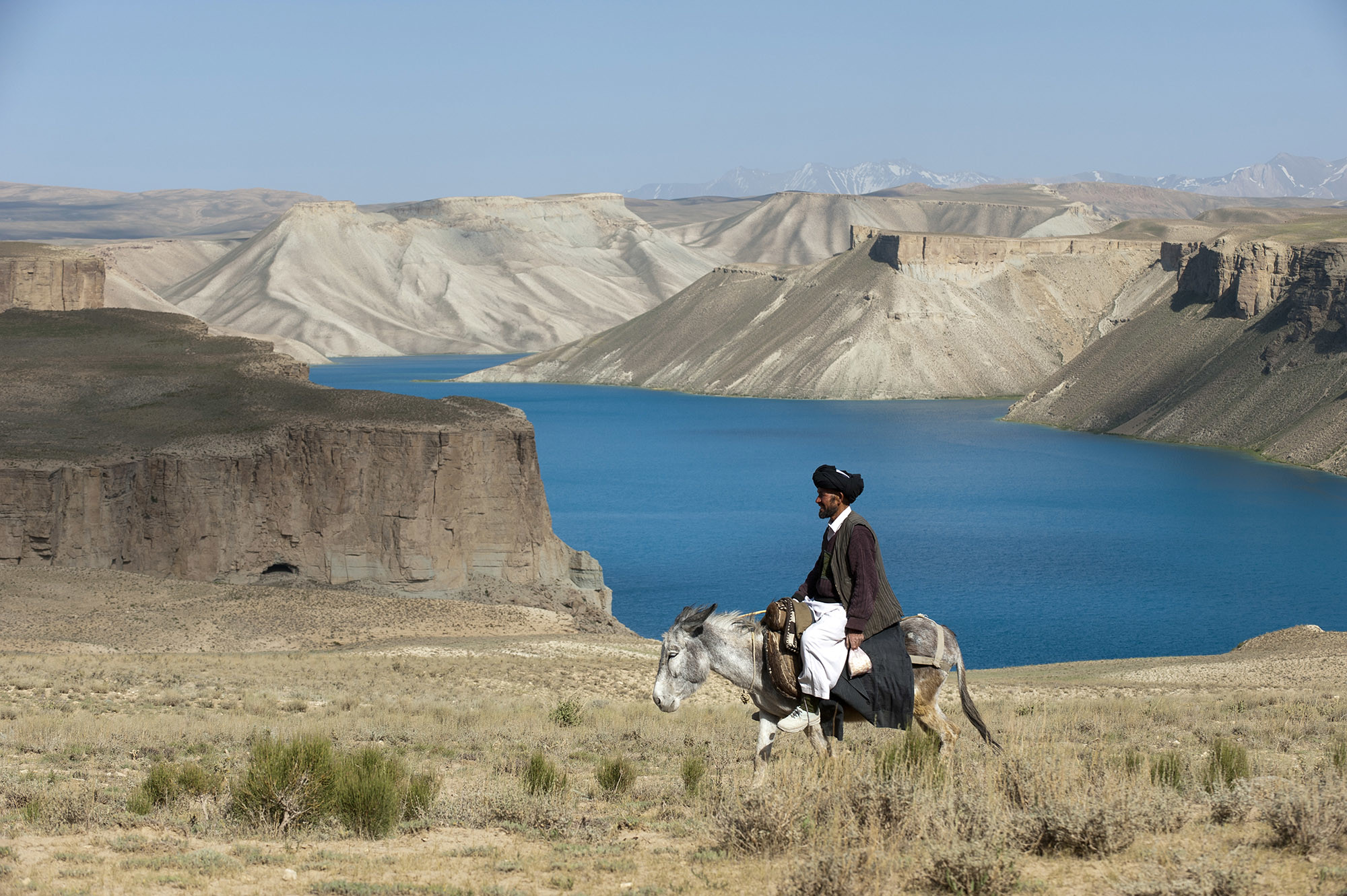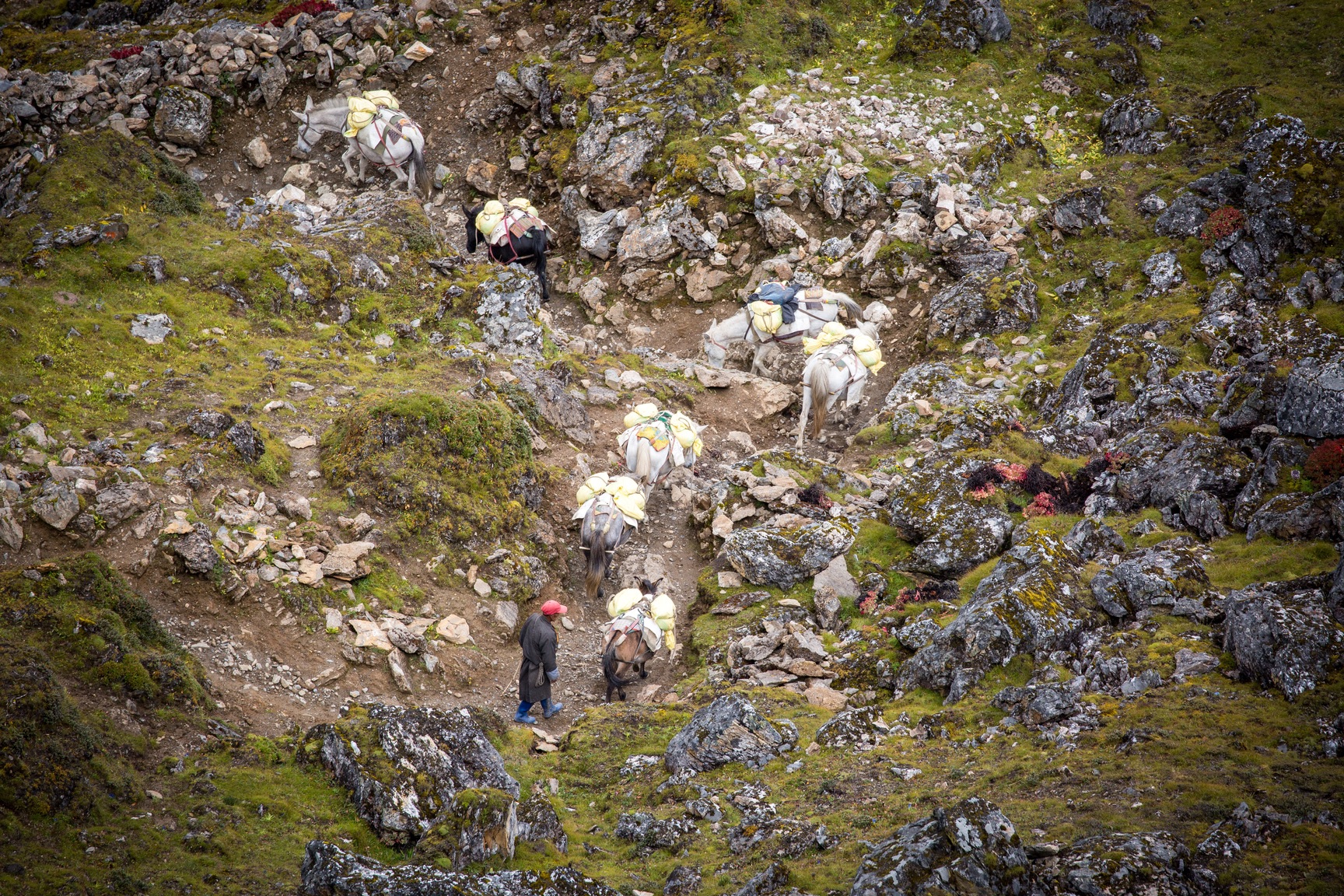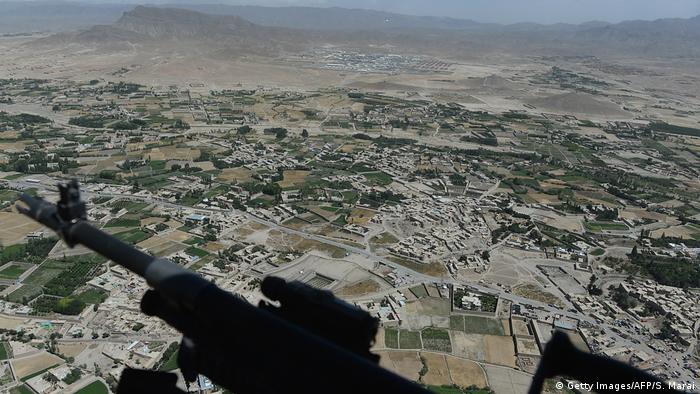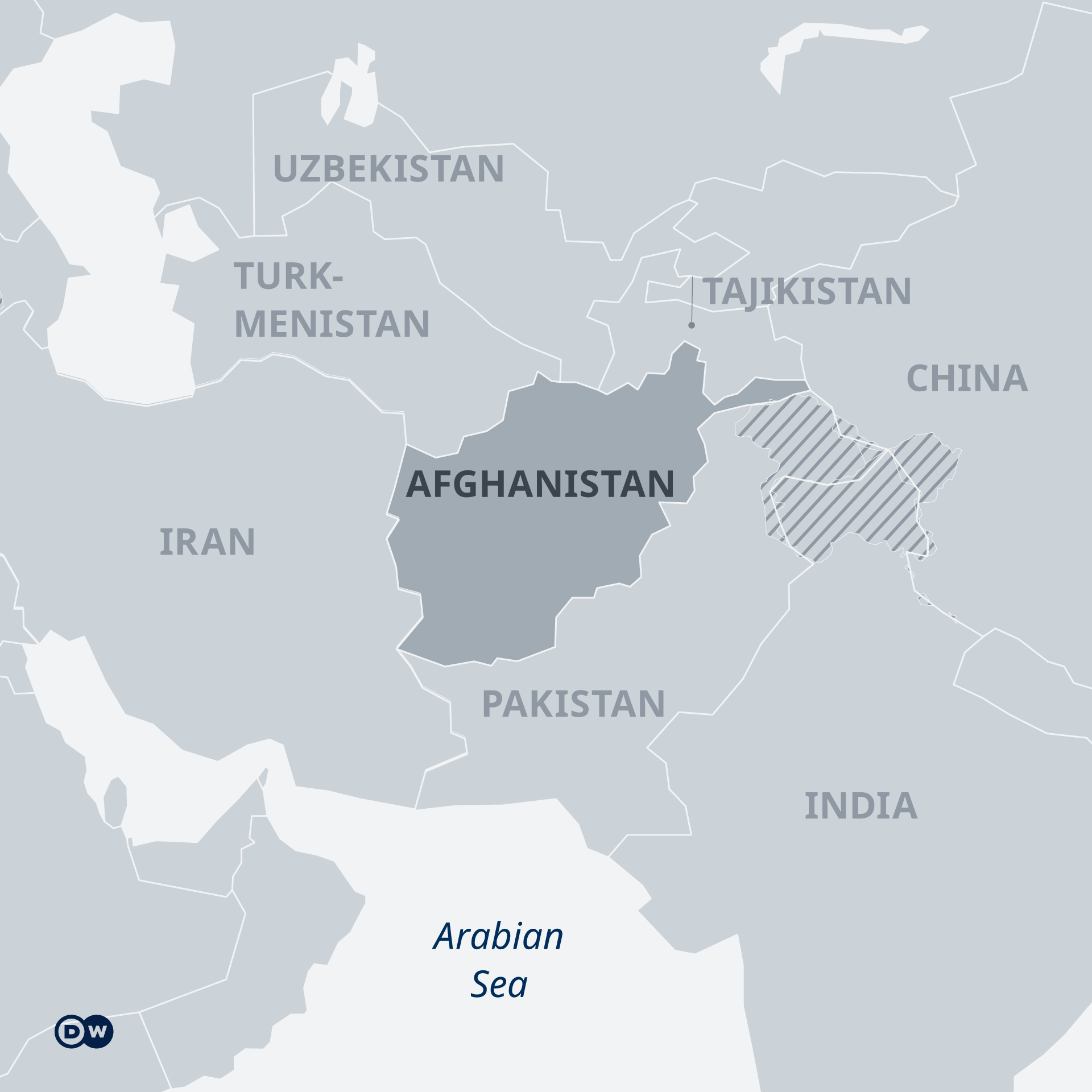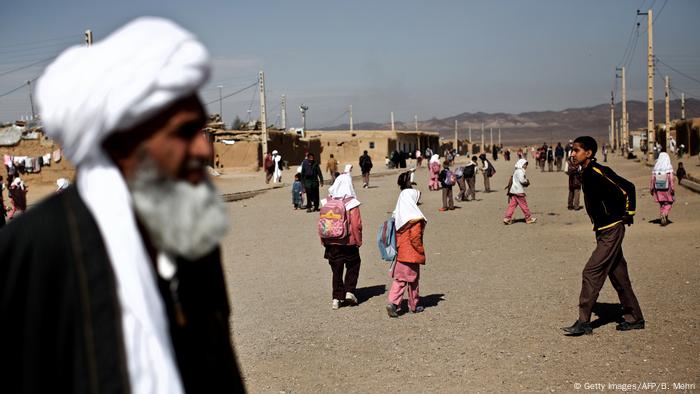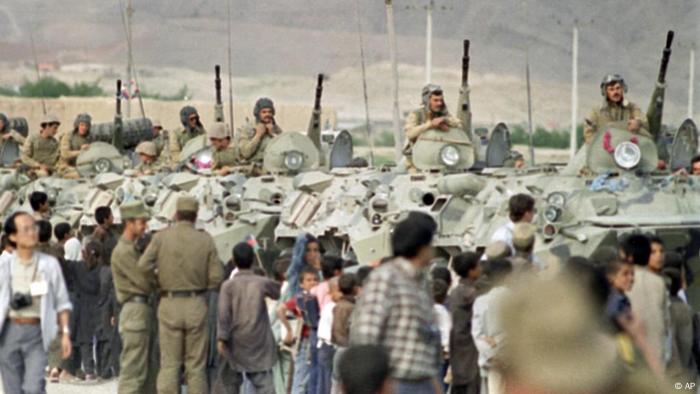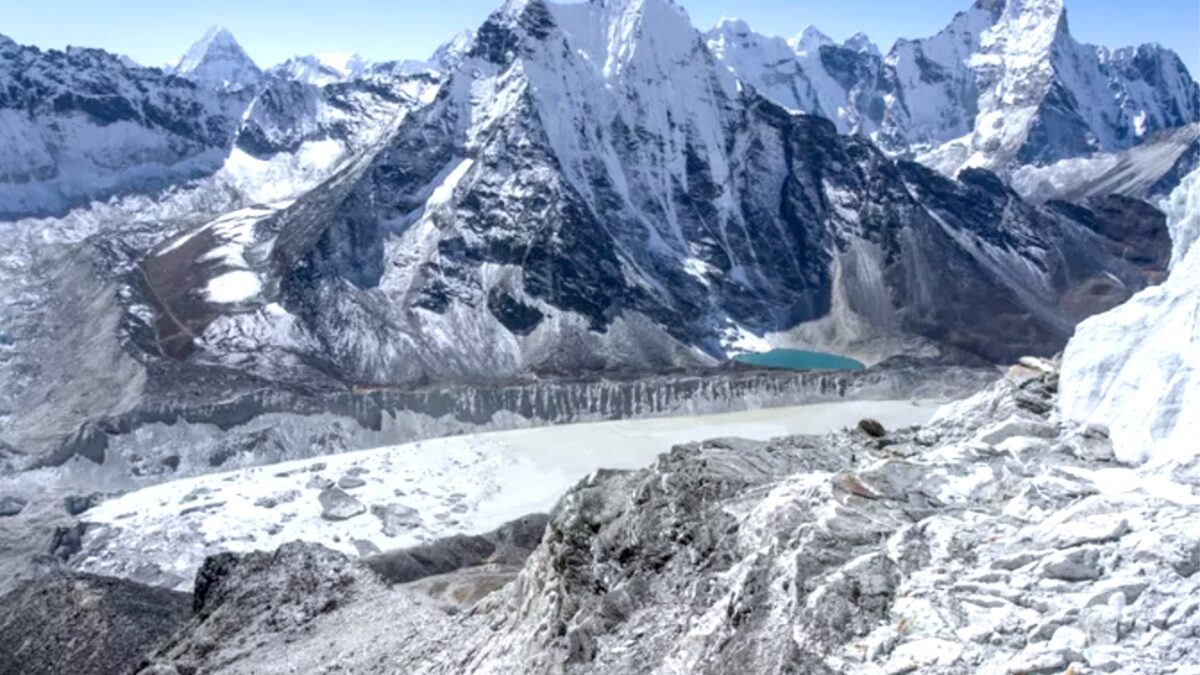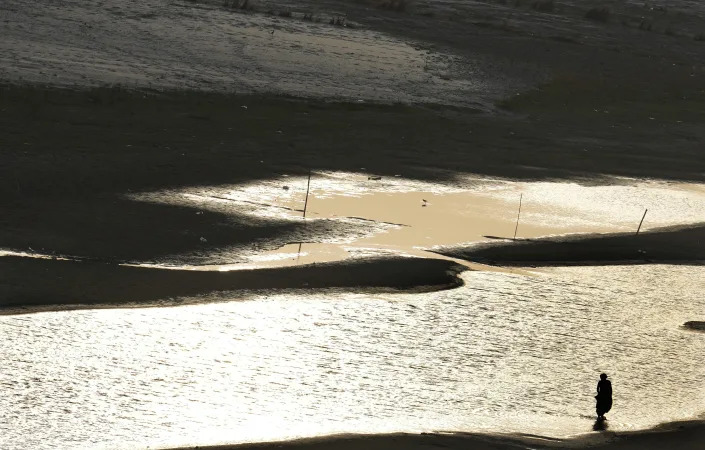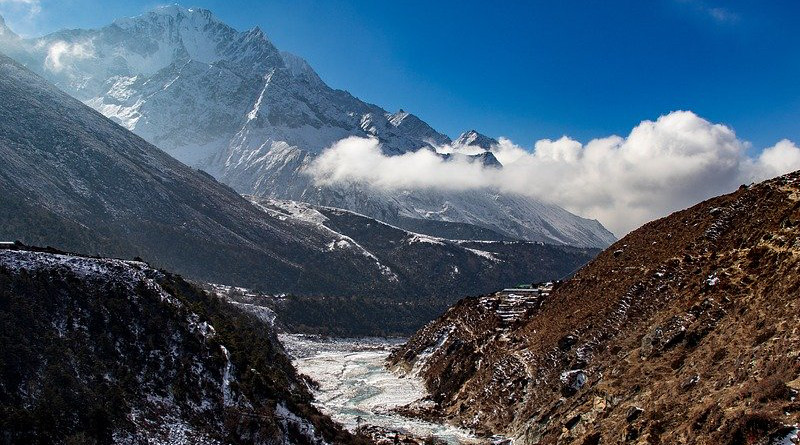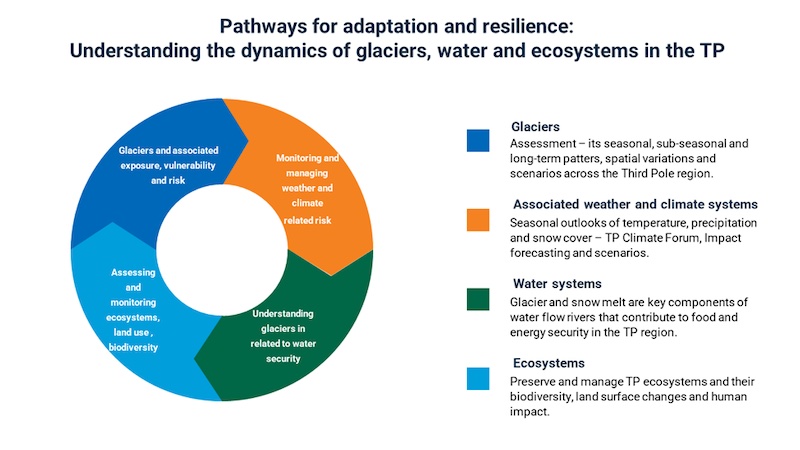Hindu Kush Himalaya region may experience up to 80pc ice loss under high emissions scenario, a study released on COP29 sidelines says.

Zaki Abbas
The study ‘The State of the Cryosphere 2024’, released on Tuesday on the sidelines of COP29 in Baku, urged urgent action to control emissions to save glaciers, which are melting at a rapid pace due to global warming.
“Under a high emissions scenario…Hindu Kush Himalaya (HKH), may experience up to 80% of ice loss. With very low emissions however, up to 40% of glacier ice in the HKH region could be preserved,” it said, adding that projections in a few glacier regions even show slow re-growth beginning between 2100 and 2300, but only with very low emissions and essentially carbon neutrality by 2050.
Against this backdrop, the environment ministers from the HKH met on Tuesday at the Baku Olympics Stadium to come together to save the “third pole” and to keep global temperatures below 1.5 Celsius.
This gathering aimed to discuss the rapidly increasing climate risks and vulnerabilities in the region and beyond, while identifying areas for urgent collective actions, inevitable to addressing the pressing challenges and fulfilling the hopes of the quarter of humanity impacted by these changes, said a statement.
It stated that over the past decade, the rate of glacier melting in the HKH has accelerated by 65 per cent compared to the previous decade (2000-2010) and the trend is projected to continue.
“Over the last decade, the rate of glacier melting in the HKH has accelerated by 65% compared to the previous decade (2000- 2010), and the trend is projected to continue.”
Speaking at the event, Bhutan Prime Minister Tshering Tobgay said this was an opportune time for the region to unite to push for a new collective quantified role that would directly address the need of the countries which were most vulnerable to climate change.
Pakistan Prime Minister Adviser on Climate Change Romina Khurshid Alam said no country across the HKH region could tackle the climate crisis in isolation and besides regional unity, international response was essential.
She said Pakistan stood for regional partnership aiming to save the ecosystem and species, and build climate resilience. She argued for easy access to climate finance to ensure these countries could erect safeguards to protect themselves from climate change.
She said Pakistan was experiencing first-hand the impacts of climate change, increasing the risk of natural disasters in the form of GLOFs and threatening water security and agriculture as well as biodiversity.
Other speakers included delegates from China, Bangladesh, India, and Nepal. The event was organised by the Kingdom of Bhutan and the International Centre for Integrated Mountain Development.
Bleak state of Cryosphere
According to the State of Cryosphere 2024 report, if the current Nationally Determined Contributions (NDCs) are met, global temperatures will likely reach 2.3°C by 2100, leading to irreversible ice loss, significant sea-level rise, and severe impacts on coastal regions, mountain communities, and polar ecosystems.
In case of a high emissions scenario, the temperature may rise to 3-3.5°C, which will cause extreme damage, including rapid ice sheet loss, the disappearance of glaciers, and widespread permafrost thaw.
However, the 1.5°C temperature in line with the Paris Agreement can help stabilise the cryosphere and preserve part of glaciers but that cannot happen unless there is a drastic cut in emissions.
“This requires urgent action, however, with emergency-scale tightening of mitigation commitments and fossil fuel emissions declining 40% by 2030,” the report added.
In case there is no action to stop the melting of glaciers, “severe and potentially permanent changes to the water cycle, due to loss of snowpack and ice run-off during the warm summer growing season, will impact food, energy and water security.”
Produced as part of the 2024 Climate Change Media Partnership, a journalism fellowship organised by Internews’ Earth Journalism Network and the Stanley Centre for Peace and Security.
Header image: View of the landscape from Langtang, Nepal can be seen in this undated handout image. — Tika Gurung via Reuters
Published in Dawn, November 13th, 2024
